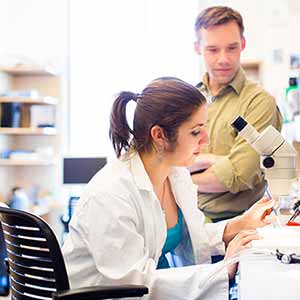Study Reveals Ocean Acidification’s Effects on Shrimp Biology
A new study by Scripps Institution of Oceanography at UC San Diego researchers reveals that more carbon dioxide in seawater could lead to more calcium in shrimp exoskeletons and a decrease in their transparency.













